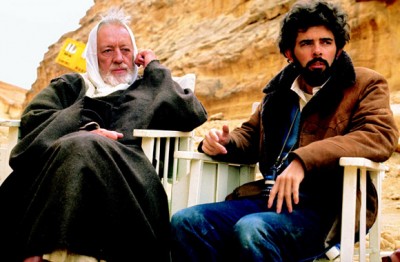Jedi Master Marketing Lessons from George Lucas
 As publisher of Fanboy.com I’m the eternal marketing target of every entertainment company from small one man indie comic book publishers to major Hollywood studios and after many years I’ve come to see that the master of the industry is George Lucas. While everyone in the entertainment trade can learn something from him I think there are broader lessons that he can teach anyone in business about salesmanship. Here are the lessons I’ve been able to draw from one of the most financially successful independent producers of all time:
As publisher of Fanboy.com I’m the eternal marketing target of every entertainment company from small one man indie comic book publishers to major Hollywood studios and after many years I’ve come to see that the master of the industry is George Lucas. While everyone in the entertainment trade can learn something from him I think there are broader lessons that he can teach anyone in business about salesmanship. Here are the lessons I’ve been able to draw from one of the most financially successful independent producers of all time:
A Long Time Ago, In a Galaxy Far Far Away…
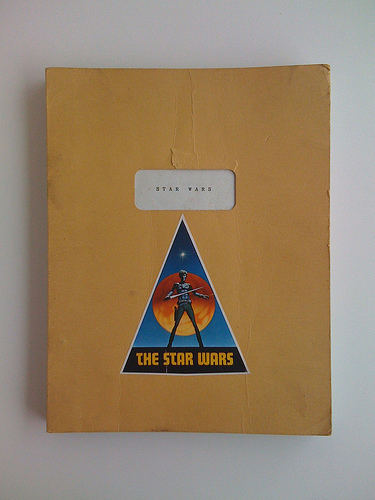 George Lucas has always been a writer first and placed every other role like director, producer and businessman in second place. And as a writer he always places solid storytelling skills and engaging characters above all else. Lesser critics may have been distracted by the special effects in Star Wars, but what made those effects convincing was a story as solid as the Wizard of Oz.
George Lucas has always been a writer first and placed every other role like director, producer and businessman in second place. And as a writer he always places solid storytelling skills and engaging characters above all else. Lesser critics may have been distracted by the special effects in Star Wars, but what made those effects convincing was a story as solid as the Wizard of Oz.
The marketing lesson from this is that brilliant salesmanship won’t work if the product is lacking in quality. Even though he wears the hat of a producer George Lucas is a product guy who carefully crafts each project one at a time. A secondary take away from this is that every product or has to have a good story to tell you — it has to be water cooler worthy. And to that end word-of-mouth could be seen as the number one advertising program for Lucas.
Be Not Afraid of Greatness
 I’ll never forget my Mom’s reaction to the first Star Wars film: She was clearly expecting a typical sci fi flick where the budget was lavished on spacecraft shots but thrifty when it came to hiring quality thespians. So upon watching the movie her first reaction was “wait a second — is that Alec Guinness up on the screen?” As an English teacher my mom had known of Guinness as accomplished Shakespearian actor of note who played Romeo long before becoming a Jedi knight.
I’ll never forget my Mom’s reaction to the first Star Wars film: She was clearly expecting a typical sci fi flick where the budget was lavished on spacecraft shots but thrifty when it came to hiring quality thespians. So upon watching the movie her first reaction was “wait a second — is that Alec Guinness up on the screen?” As an English teacher my mom had known of Guinness as accomplished Shakespearian actor of note who played Romeo long before becoming a Jedi knight.
Throughout his career Lucas has always made it a point to collaborate with the best. His first film THX 1138 was produced by Francis Ford Coppola and over the years he has been connected with directors like Steven Spielberg and even helped Akira Kurosawa finance a film. By linking his name to other great directors when he started out Lucas was building brand equity that gave him a reputation for quality. So as a brand Lucas defined who his peers were instead of the other way around which elevated him a great deal.
It’s a Trap!
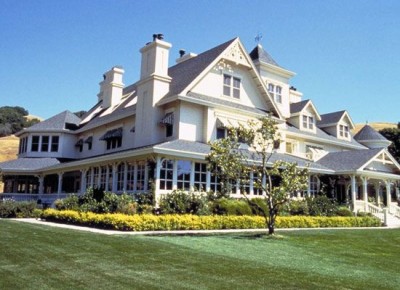 Not too long after the success of Star Wars in 1978 Lucas went to work on constructing the Skywalker Ranch near Nicasio, California. What’s amazing to me about this is that instead of embracing Hollywood as the center of his operations Lucas instead fled north to get away from tinsel town. From a corporate culture point of view this allowed Lucas to “think outside of the box”. And in many ways his move reminds me a great deal of how Microsoft founder Bill Gates made it a point to not center his company in silicon valley, but rather in Redmond, Washington where they would thrive in isolation.
Not too long after the success of Star Wars in 1978 Lucas went to work on constructing the Skywalker Ranch near Nicasio, California. What’s amazing to me about this is that instead of embracing Hollywood as the center of his operations Lucas instead fled north to get away from tinsel town. From a corporate culture point of view this allowed Lucas to “think outside of the box”. And in many ways his move reminds me a great deal of how Microsoft founder Bill Gates made it a point to not center his company in silicon valley, but rather in Redmond, Washington where they would thrive in isolation.
On an immediate level this allows Lucas to focus on the product instead of getting caught up in the trappings of the film industry. The practical result of this is that it allows the people who work in the marketing department to avoid the “me too” approach. Hollywood is famous for not taking risks, but if you’re going break through the noise you have to chances — and Lucas has avoided that trap which in turn has helped his longevity.
The Lemon That Built a Lemonade Empire
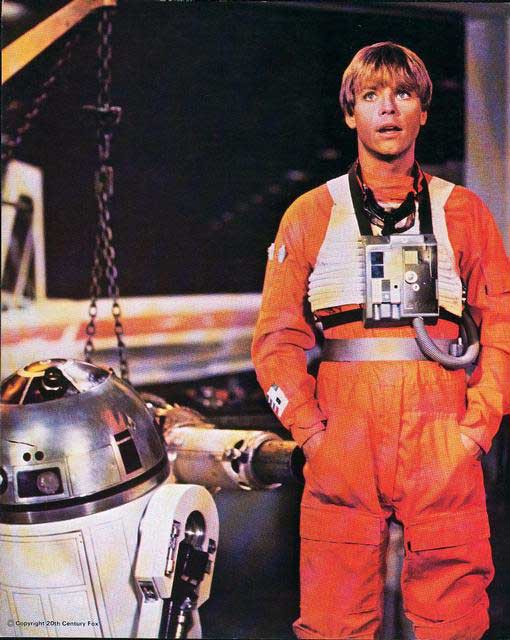 Despite the fact that George Lucas has gone out of his way to destroy every copy of The Star Wars Holiday Special, the 1978 television special inadvertently gave birth to the concept of transmedia storytelling which is very popular today. This came about as an animated segment in the special quickly featured a bounty hunter, which was then turned into a best selling toy and then in 1980 Boba Fett graduated to being featured on the silver screen in The Empire Strikes Back.
Despite the fact that George Lucas has gone out of his way to destroy every copy of The Star Wars Holiday Special, the 1978 television special inadvertently gave birth to the concept of transmedia storytelling which is very popular today. This came about as an animated segment in the special quickly featured a bounty hunter, which was then turned into a best selling toy and then in 1980 Boba Fett graduated to being featured on the silver screen in The Empire Strikes Back.
Today popular media franchises like Batman will tell different parts of a story in a comic book, in a videogame, on the web and in a film thanks to George Lucas. But transmedia storytelling isn’t just for film franchises as it can also be applied to brands. For example Apple can promote a new product with a Steve Jobs keynote, a commercial spot and have an overview on their website. Lucas still remains a master of this technique and has brought his universe into videogames, comic books, novels, and animated television series to name just a few.
Hey, What Are You Trying to Push On Us?
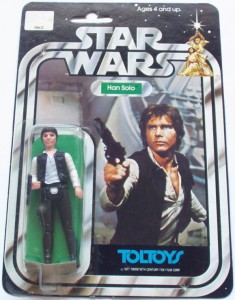 The earlier films of George Lucas like American Graffiti didn’t have much toy potential, so it’s a surprise that when it came to Star Wars that Lucas took a pass on getting a writing fee and instead made a deal to get 40% of the film’s merchandising revenues. In retrospect the move was brilliant as his returns on the investment in his script would help launch his career as an independent producer.
The earlier films of George Lucas like American Graffiti didn’t have much toy potential, so it’s a surprise that when it came to Star Wars that Lucas took a pass on getting a writing fee and instead made a deal to get 40% of the film’s merchandising revenues. In retrospect the move was brilliant as his returns on the investment in his script would help launch his career as an independent producer.
And the one thing that’s always impressed me is that Lucas never treats the merchandise as a mere cash cow for his enterprise: If you look at the vast range of Star Wars merchandise you’ll notice that there’s a great deal of quality in everything that they put out from a humble t-shirt to an expensive collectable. The level of creativity put into the design of the Lucasfilm merchandise is so high that it acts an extension of the franchise. In this way even though the fan is paying for the right to own a trinket, that knickknack becomes an ambassador for the brand in the household.
So as a Scientist Do You Do a Lot of Research?
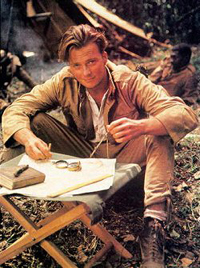 Sadly while The Young Indiana Jones Chronicles while being a critical success lacked the viewers, so only about 31 of the 70 episodes that Lucas plotted were ever filmed. But the fact that George Lucas would outline all 70 episodes of a series out speaks about his dedication to detail. And even though many of the ideas that he may penned for this series don’t wind up in the final product, the viewer is always richer for the unseen back story that didn’t make the final cut.
Sadly while The Young Indiana Jones Chronicles while being a critical success lacked the viewers, so only about 31 of the 70 episodes that Lucas plotted were ever filmed. But the fact that George Lucas would outline all 70 episodes of a series out speaks about his dedication to detail. And even though many of the ideas that he may penned for this series don’t wind up in the final product, the viewer is always richer for the unseen back story that didn’t make the final cut.
This goes back to Lucas being a product guy above all else. Often in Hollywood while a producer may guide a script many of them wouldn’t even touch it directly, and scripts over many years can pass through many the hands of countless writers resulting a product that may be slick but lacks a single vision. Also producers may lend their name to a project but only have a limited role, while Lucas by contrast is always hands on overseeing every aspect of the production.
So even though the credit for Indiana Jones always seems to be assigned to Spielberg, and even though the Chronicles were only a television series — Lucas still put his all into the project given that his name was attached to it. The result of this is that if you attach the name George Lucas to a project you know that it’s the real deal. Too many time marketers will spread a brand thin by taking a popular label and sticking it on everything, and the result can be a watered down brand.
Trapped in a World He Never Made!
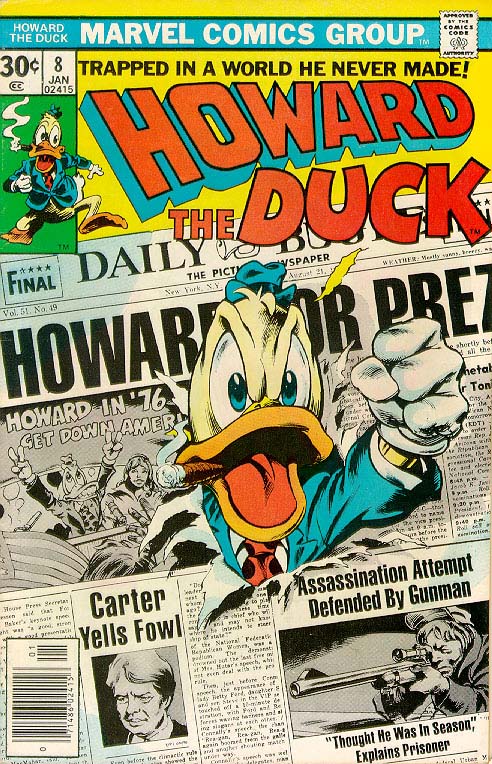 Once upon a time there was a comic book that George Lucas had a passion for — in fact he proposed to bring it to the screen as the his next film after American Graffiti. And over a decade later as producer he finally pulled off his dream and thus Howard the Duck was hated by both critics and the public at large. The paradox of this production was that it was designed to show off the special effects of ILM and it remains an example of poor puppetry till this day. Lucas could have animated the film, but instead he pushed the edge and tried to pull it off with live action — and sadly the technology of 1986 just wasn’t up to the task.
Once upon a time there was a comic book that George Lucas had a passion for — in fact he proposed to bring it to the screen as the his next film after American Graffiti. And over a decade later as producer he finally pulled off his dream and thus Howard the Duck was hated by both critics and the public at large. The paradox of this production was that it was designed to show off the special effects of ILM and it remains an example of poor puppetry till this day. Lucas could have animated the film, but instead he pushed the edge and tried to pull it off with live action — and sadly the technology of 1986 just wasn’t up to the task.
The marketing and perhaps larger business lesson here is that you can’t succeed unless you’re willing to take chances and get it wrong. And Lucas did get it wrong again as a year later he produced the film Labyrinth which was directed by Jim Henson and flopped at the box office, yet that film earned a cult following. It wasn’t until 1988 that Lucas had a real hit again when he was an executive producer on the Don Bluth animated film The Land Before Time. So if at first you don’t succeed…
Did You Work in a Lab with Rats?
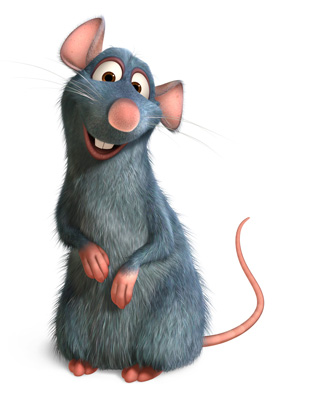 Lucasfilm spun off two amazing companies: Pixar which started as their computer graphics arm and THX Ltd. which makes sound systems for movie theaters. Both of these companies owe their existence to the fact that George Lucas always went the extra mile to have production ingredients that nobody else could equal. This always raised the bar on any project that he was associated with. In a sense he was doing with film what the Beatles were doing with music when they’d bring in an orchestra to create a unique sound that nobody else had or could easily obtain.
Lucasfilm spun off two amazing companies: Pixar which started as their computer graphics arm and THX Ltd. which makes sound systems for movie theaters. Both of these companies owe their existence to the fact that George Lucas always went the extra mile to have production ingredients that nobody else could equal. This always raised the bar on any project that he was associated with. In a sense he was doing with film what the Beatles were doing with music when they’d bring in an orchestra to create a unique sound that nobody else had or could easily obtain.
The marketing lesson here is to go that extra mile to make the creative campaigns for your products unique. Too many promotions get lost because they look, sound and feel like every other promotion by using the same stock photos, stock music and even stock video footage. When crafting your image you always need something unique to make you stand apart. In many ways the average viewer will never know the ingredients, but they’ll always be able to taste that you’re serving up something that they haven’t tried anywhere else.
Ewoks! Why Did It Have To Be Ewoks?
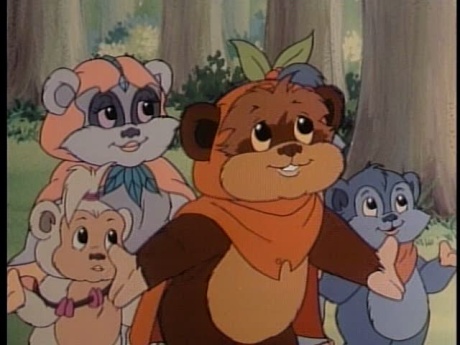 My first disappointment with George Lucas occurred with the film Return of the Jedi when I was shocked to see a legion of teddy bears taking over the screen time of a movie that I waited to see for several years. But in retrospect what I’ve learned is that the Ewoks weren’t there for me, but were aimed to entrap the next generation of kids into buying Star Wars everything for years to come. And did it ever work as the franchise is still here today.
My first disappointment with George Lucas occurred with the film Return of the Jedi when I was shocked to see a legion of teddy bears taking over the screen time of a movie that I waited to see for several years. But in retrospect what I’ve learned is that the Ewoks weren’t there for me, but were aimed to entrap the next generation of kids into buying Star Wars everything for years to come. And did it ever work as the franchise is still here today.
By catering a bit to a kids what Lucas was doing was building up his franchise for the future. And in return the kids who grew up with Star Wars in the 80s and now turning their kids onto Star Wars today. This technique owes a bit to Disney, but I’ve since have seen both Viacom do this with Nickelodeon and Apple with their educational marketing. If a child identifies with your brand they can be your customer for decades to come and bring future generations with them.















